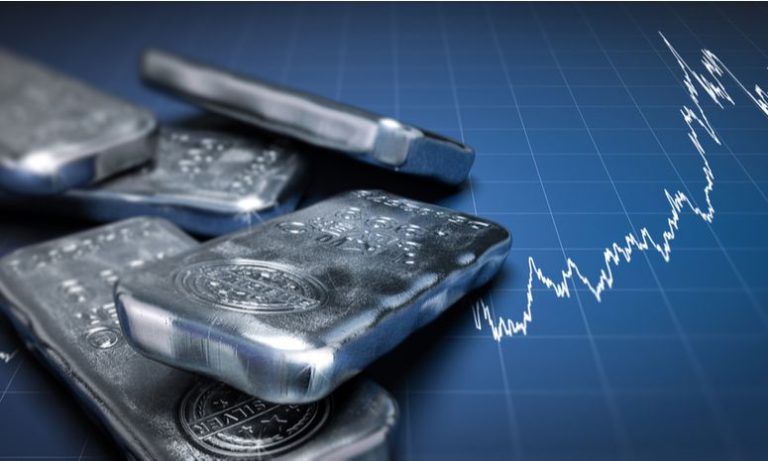In the realm of investing, gold tends to receive all the attention; it’s what people think of when they seek an alternative to regular equities and bonds. However, when the financial spotlight shines on silver, it rises in price, sometimes even beating its yellow-metal relative in the market.
To avoid concentration risk, investment advisors have been advising diversification across various and within asset classes. We broadly have four asset classes to invest in: Equity, bullion, debt and real estate. Due to higher unit cost, real estate is out of reach for most of us leaving us with three main asset classes. For diversification within and outside the asset class for equity one can invest in Indian and foreign equity, for debt there are various products available ranging from bank fixed deposits to corporate bonds to government securities and for bullion gold and silver are the options.
Why Invest in Silver?
There are several advantages to invest in silver. To begin with, silver’s inclusion in bullion adds much-needed diversity to the portfolio. Silver, like gold, protects you from inflation. It also protects you against equity market volatility during times of uncertainty, such as war, epidemic, inflation, interest rate changes, and other geopolitical events.
Silver’s industrial applications have always been well-known. Silver’s use in new generation technologies, such as renewable energy items and electronics, is expected to drive demand for silver in the future. It remains to be seen, however, if supply can keep up with demand. Silver prices are predicted to rise as a result of this likely demand-supply imbalance.
Various forms to Invest in Silver
One can invest in silver through physical bars and utensils. The other option is to invest in silver derivative contracts which is more of a trading option. Unlike overseas markets, there was no Silver ETFs available in India. Addressing this void, on November 9, 2021, SEBI allowed mutual fund houses to launch Silver ETFs.
What’s the best way to invest in silver?
There are two main ways to expose yourself to silver: directly (buying the actual metal itself) and indirectly (buying silver-related securities).
Investors can buy physical silver in the form of bullion coins, bars, or junk silver bags. This is the purest form of silver investment, but it does incur storage-related problems and expenses.
Less pretty, but more pragmatic, is to invest in financial instruments that represent silver. For individual investors, these best indirect options include:
- Silver stocks: companies involved in the mining or processing of silver (“miners”) or in re-selling it (“streaming companies”). Camerana notes that there are very few “pure silver plays,” as he terms it, because “silver is often extracted from or mined together with other metals such as copper.”
- Mutual funds or exchange-traded funds (ETFs) that hold silver portfolios. Some invest in physical silver, others in silver companies.
- Exchange-traded commodities (ETCs), publicly traded securities that invest in silver bullion like the funds. However, they differ from that in that they’re debt instruments (sort of like a bond); the underlying commodity they track – silver in this case – serves as collateral.
Taxation of profit on sale of Silver ETFs
For taxation purpose, silver ETF is treated as a capital asset. If the ETF units are sold after 36 months, the profits earned will be treated as long term capital gains and would be taxed @ flat 20%. If sold within 36 months, the profits would be treated as short term capital gains and added to your regular income and taxed at the slab rate applicable to you.

